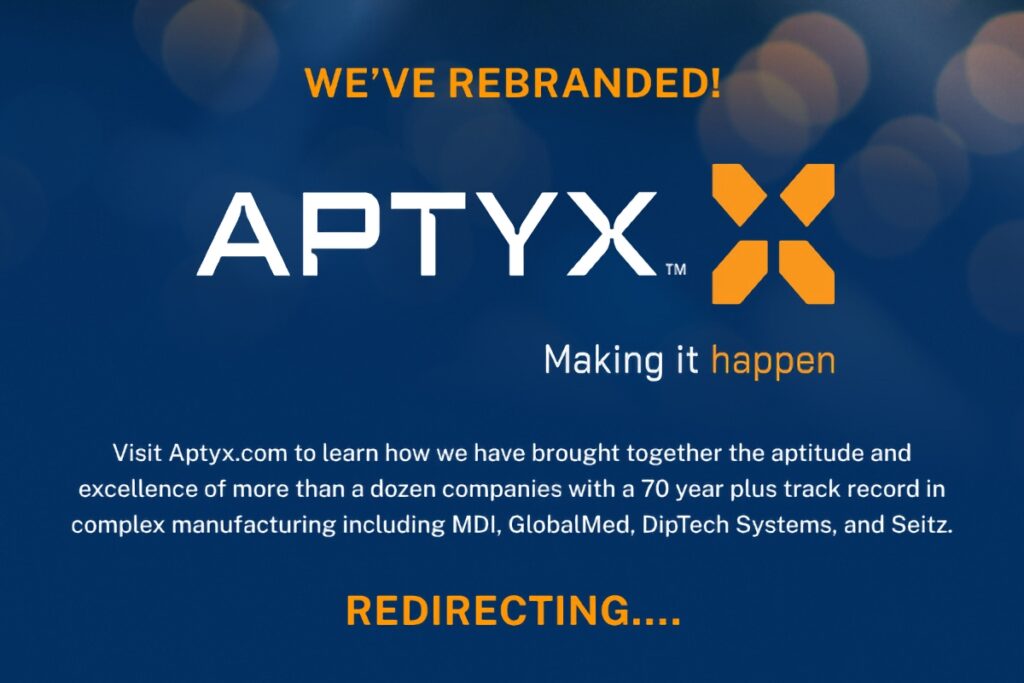Since the early 1980’s, computer-aided design software (CAD) has taken over the engineering industry as the standard tool used for drafting and design of mechanical components and assemblies. Immediately, projects were able to go from concept to prototype in record time. A major advantage was the added product design flexibility, which allowed engineers to avoid costly mistakes when changes to the design of one component were not passed along to other affected parts of the assembly. Computer design also brought about the ability to visualize complex technical elements that are difficult to conceive in a two dimensional layout.
3D solids modeling catapulted industrial product design and engineering by removing much of the guess work of complex geometries and assembly interference, which accounted for many scrapped component designs.
Partnering with a manufacturer that utilizes 3D CAD modeling has many benefits, from the design concept phase where establishing form and function are the primary goals, to the final creation of a component prototype to test low volume production runs.
- Better design communication is gained during product conception with a 3D representation of a component. Many times, non-engineering personnel may have input in the concept of a product (such as product marketing and customers). With 2D drawings, it is often difficult for non-technical personnel to effectively visualize the end product as drafted on paper; yet, with a virtual 3D model, other departments can easily visualize and interact with designers to offer design input. Internal design reviews run much more effectively when using a 3D modeled concept of the proposed mechanical component.
- Design flexibility means changes can easily be incorporated into the 3D model and all corresponding detail drawings and assemblies automatically reflect the new change. Because all supplemental drawings are linked to the 3D model, even the bill of materials are kept up to date. Automatic bill of material generation can greatly decrease engineering costs, especially in the design of mechanical assemblies with multiple parts and fasteners.
- The design process is facilitated when working with a 3D model. The computer model holds the actual geometry of the part within the software’s algorithm, allowing parametric constraints to be applied to the design, preventing certain critical features from being modified. For example, if two holes need to always be 2″ apart and two sides must always be at a specified angle, 3D modeling ensures the product can be re-designed over and over, without these predetermined constraints ever being violated. This preserves the integrity of the component throughout the entire design process.
- Surface geometry and material data is associated with a solid model for later interpretation with engineering software, used to predict how the component will react to thermal, impact, fluid flow, and other physical stresses. Not only are the surface features, boundaries, and orientations of a component represented, but the entire body represents a volume, which can be sliced for a cross-section, gaining a real-life view of the interior of complex components. Mating components and fasteners can all be assembled in 3D space to determine interference and proper clearances or to establish a better design route.
- Material rendering can be applied to the 3D model to determine the appearance of the component to be designed. Whether aluminum or color impregnated resins are used, an accurate illustration of the final product is created, which allows for valuable input from sales and marketing personnel during the design process. The aesthetics of a component can easily be designed with different materials or colors until an appealing solution is found.
- Reduced manufacturing time is accomplished because the same 3D model used to design the component is used in the creation of the mold for plastic injection molded parts. For metal components, consistently accurate part geometry and tolerances are transferred to computerized numerical control (CNC) machines to quickly produce metal prototype parts.
An issue for many companies in developing new products is the costly personnel and software and hardware installations required to establish a true 3D modeling engineering department. By outsourcing the design and engineering of new products, your company receives an accurate model of your conceptual product, along with precise component geometry to create the prototype of the design.


Trackbacks/Pingbacks